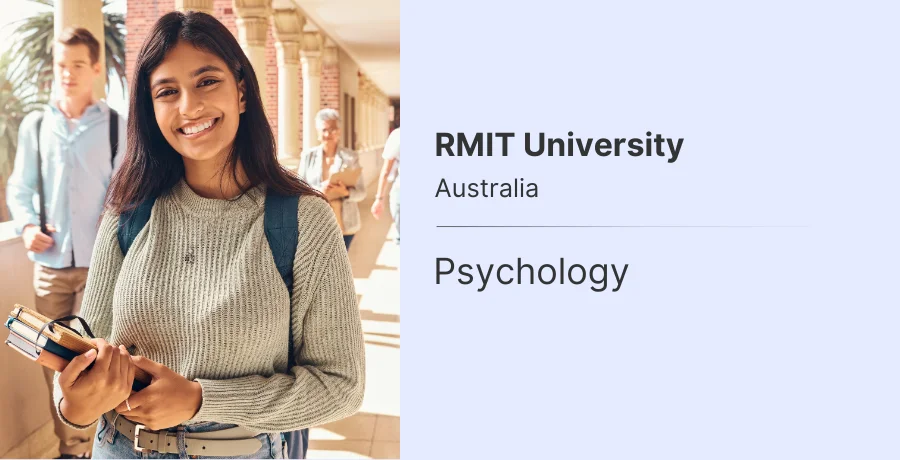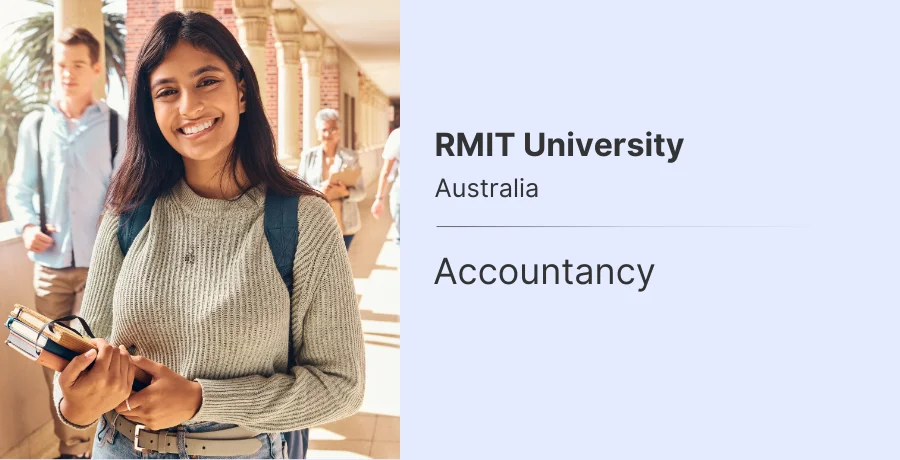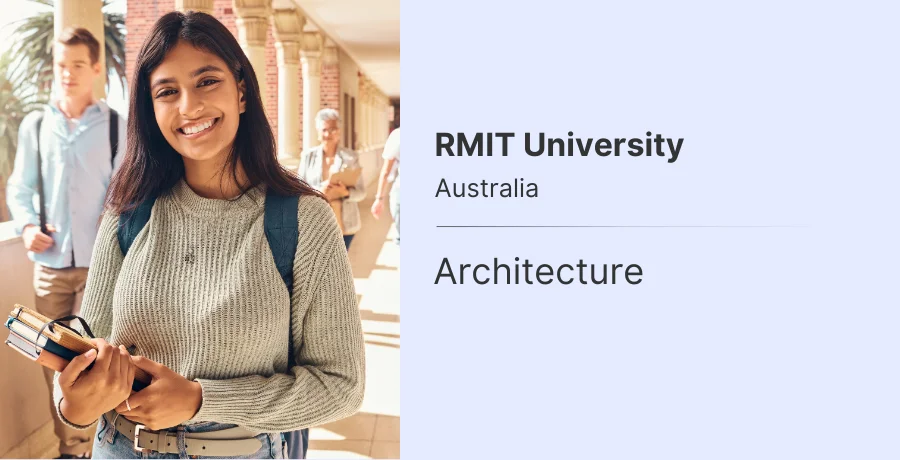Australia has become one of the most sought-after destinations for Indian students aspiring to study abroad. With top-ranking universities, a high quality of life, and numerous opportunities to secure permanent residency (PR), Australia presents an attractive proposition for international students. This blog explores the various post-study options, Temporary Graduate Visa (subclass 485), and immigration rules that Indian students can leverage to achieve permanent residency in Australia.
Why Australia is a Top Destination for Indian Students?
Australia has consistently ranked among the best countries for higher education. In 2023, seven Australian universities ranked in the top 100 globally, with the University of Melbourne and Australian National University leading the pack. Indian students are drawn to the academic excellence and Australia's strong economy, multicultural society, and friendly immigration policies, which offer a promising pathway to PR.
Popular PR Courses for Indian Students
Choosing the right course is crucial for students aiming for PR, as Australia’s immigration policies are closely tied to its Skilled Occupation List (SOL). Here are the most popular fields that increase the chances of securing PR:
-
Engineering: Australia faces a growing demand for engineers, especially in civil, mechanical, electrical, mining, and software fields. Engineering graduates are eligible to apply for visas like the Skilled Independent Visa (subclass 189) or the Skilled Nominated Visa (subclass 190), making this an excellent choice for those looking to stay on permanently.
-
Information Technology (IT): With Australia’s booming tech industry, IT professionals specializing in software development, cybersecurity, and data science are in high demand. This makes IT one of the most reliable fields for international students seeking PR.
-
Nursing and Healthcare: Australia’s ageing population has created an ever-growing demand for healthcare professionals, especially nurses. Nursing is listed as a critical occupation on the SOL, allowing graduates to apply for various skilled migration visas.
-
Accounting: Despite fluctuations in demand, accounting remains a viable pathway to PR, particularly in taxation, auditing, and financial analysis. Students with strong expertise in these areas are well-positioned for skilled migration.
-
Teaching: Education professionals are consistently in demand, particularly in early childhood and secondary education. Indian students pursuing teaching qualifications can benefit from Australia’s immigration policies, prioritizing educators in certain regions.
-
Trade Skills: Australia’s construction and infrastructure sectors rely heavily on skilled trade workers like electricians, plumbers, and carpenters. Vocational Education and Training (VET) courses provide a fast track for students interested in these areas.
Understanding Australia’s Points-Based System
Australia’s skilled migration program is based on a points system. Candidates need to score a minimum number of points to be eligible for a PR visa.
-
Age: Applicants between the ages of 25-32 earn the most points.
-
English Proficiency: High scores in IELTS, PTE, or other recognized tests can significantly increase your points.
-
Educational Qualifications: A degree from an Australian university contributes additional points.
-
Work Experience: Relevant work experience in Australia or overseas is rewarded.
-
State Nomination: Being nominated by an Australian state or territory government can add further points to your tally.
Applicants generally require 65 points to qualify for skilled migration, though higher scores improve the likelihood of success.
Temporary Graduate Visa (Subclass 485)
After completing their studies, Indian students can apply for a Temporary Graduate Visa (subclass 485), which allows them to stay in Australia to gain valuable work experience. This visa has two streams:
- Graduate Work Stream: This stream is designed for graduates with skills and qualifications related to an occupation on the SOL. It allows students to stay for up to 18 months and gain work experience in their field of study.
- Post-Study Work Stream: Students who have completed a bachelor's, master's, or doctoral degree in Australia can apply for this stream, regardless of their field of study. Depending on the level of qualification, this visa offers a stay of 2-4 years. It is often referred to as the post-study work visa Australia.
Australia’s 2024-25 Migration Program
The 2024-25 permanent Migration Program is set at 185,000 places, including:
- 132,200 Skill Stream places (71% of the total program)
- 52,500 Family Stream places (28% of the total program)
The Skill Stream is crucial for international students as it focuses on attracting migrants who can fill skill shortages and contribute to the economy. The General Skilled Migration (GSM) program, Employer-Sponsored Migration, and Business Innovation visas are key pathways within this stream.
Australia’s focus on regional migration also offers opportunities for students willing to work in regional areas. The Skilled Work Regional (Provisional) Visa offers up to 5 years of stay, with a pathway to PR after meeting specific conditions.
Recent Challenges and Immigration Restrictions
While Australia remains an attractive destination, several challenges and restrictions could affect Indian students' pathways to PR:
- Net Overseas Migration (NOM) is expected to decrease from 528,000 in 2022-23 to 260,000 by 2024-25.
- New integrity measures have been introduced, including stricter English language requirements and financial capacity checks.
- International student work rights have been limited to curb exploitation concerns.
- The Temporary Skilled Migration Income Threshold (TSMIT) was raised to $70,000 in July 2023 to ensure skilled migrants are properly remunerated.
Additionally, the 485 visa new rules 2024 will impact how international students navigate their options for permanent residency.
Regional Migration and Employer Sponsorship
Around 60% of permanent Migration Program visas are granted to migrants already in Australia, emphasizing the importance of local experience and state sponsorship. Employer-sponsored visas also play a significant role, especially in regions facing critical skill shortages.
For Indian students, Australia offers a unique blend of quality education, a robust economy, and clear pathways to permanent residency. By choosing courses aligned with the country’s skill needs, understanding the points-based system, and gaining relevant work experience, students can maximize their chances of securing PR and building a successful future in one of the world’s most liveable countries.












